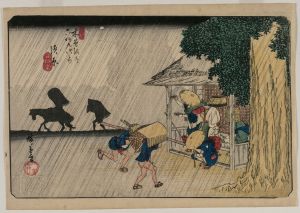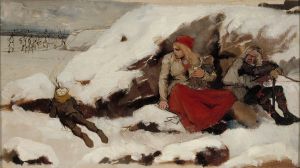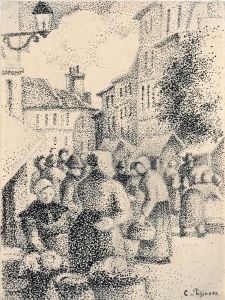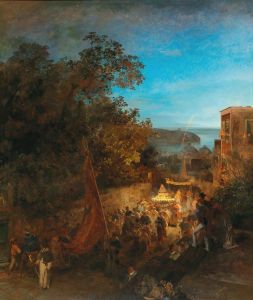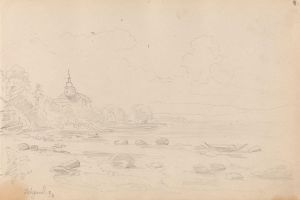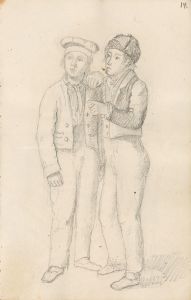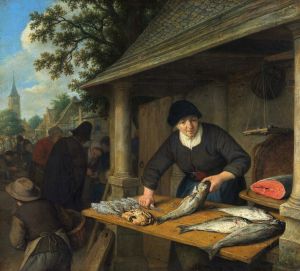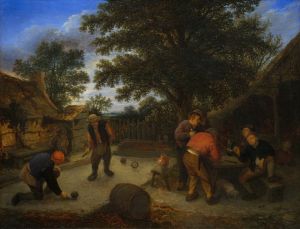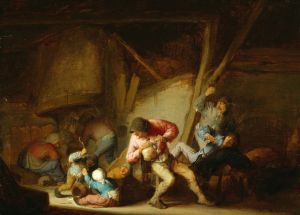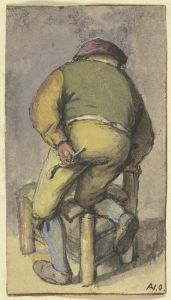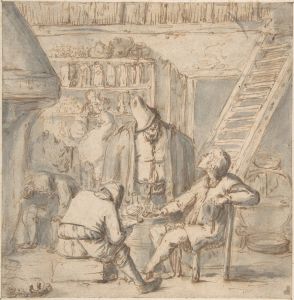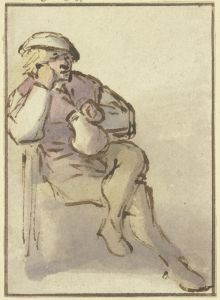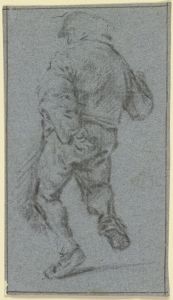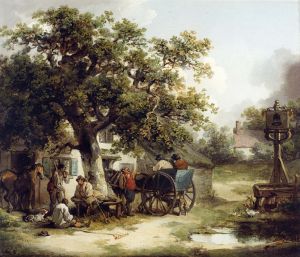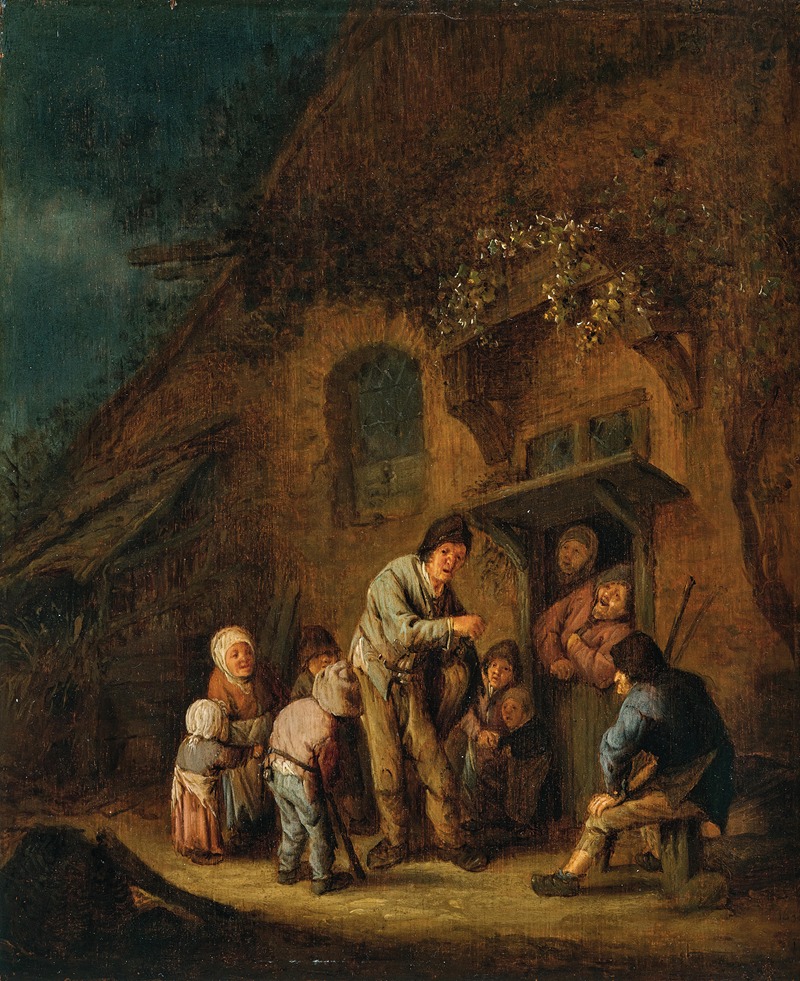
A farmyard with children and peasants listening to a hurdy-gurdy player
A hand-painted replica of Adriaen van Ostade’s masterpiece A farmyard with children and peasants listening to a hurdy-gurdy player, meticulously crafted by professional artists to capture the true essence of the original. Each piece is created with museum-quality canvas and rare mineral pigments, carefully painted by experienced artists with delicate brushstrokes and rich, layered colors to perfectly recreate the texture of the original artwork. Unlike machine-printed reproductions, this hand-painted version brings the painting to life, infused with the artist’s emotions and skill in every stroke. Whether for personal collection or home decoration, it instantly elevates the artistic atmosphere of any space.
"A Farmyard with Children and Peasants Listening to a Hurdy-Gurdy Player" is a painting by the Dutch Golden Age artist Adriaen van Ostade. Van Ostade, born in 1610 in Haarlem, was a prominent painter and printmaker known for his genre scenes depicting the lives of peasants and rural communities. His works often portrayed lively, rustic settings with a focus on everyday activities, humor, and character studies.
This particular painting exemplifies van Ostade's ability to capture the essence of rural life in 17th-century Holland. The scene is set in a farmyard, where a group of peasants and children gather to listen to a hurdy-gurdy player. The hurdy-gurdy, a stringed instrument played by turning a crank, was a common feature of folk music during this period and often associated with itinerant musicians. The inclusion of this instrument adds a sense of festivity and communal enjoyment to the composition.
Van Ostade's mastery of light and shadow is evident in the painting, as he uses these elements to create depth and atmosphere. The figures are rendered with careful attention to detail, showcasing their expressions, gestures, and clothing, which reflect the modest attire of the rural working class. The farmyard setting is depicted with rustic charm, including elements such as wooden structures, tools, and animals, which contribute to the authenticity of the scene.
The painting is characteristic of van Ostade's work during the mid-17th century, a period when he refined his style and focused on creating intimate, genre scenes. His compositions often included a sense of narrative, inviting viewers to observe and interpret the interactions between the figures. The warm, earthy tones and textured brushwork further enhance the painting's appeal, drawing the viewer into the lively atmosphere of the farmyard.
Adriaen van Ostade was influenced by his teacher, Frans Hals, as well as by the works of Rembrandt, particularly in his use of chiaroscuro and his ability to convey mood and emotion. Over the course of his career, van Ostade produced numerous paintings, drawings, and etchings, many of which explored similar themes of rural life and peasant culture.
The exact date of creation for "A Farmyard with Children and Peasants Listening to a Hurdy-Gurdy Player" is not definitively known, but it is consistent with van Ostade's mature period. The painting is held in a private collection or museum, though specific details about its current location or provenance may not be widely documented.
Adriaen van Ostade's works remain significant for their vivid portrayal of 17th-century Dutch rural life, and this painting is a fine example of his ability to combine technical skill with a keen observation of human behavior.





